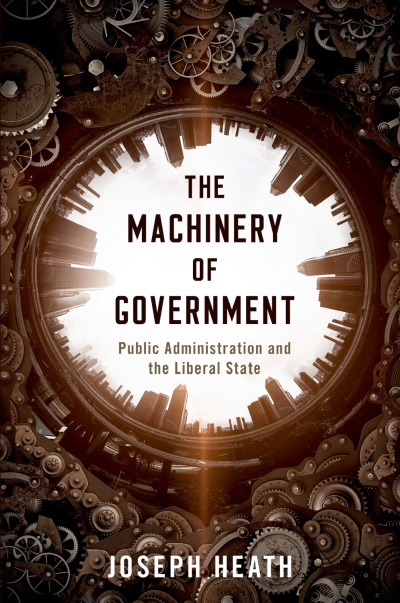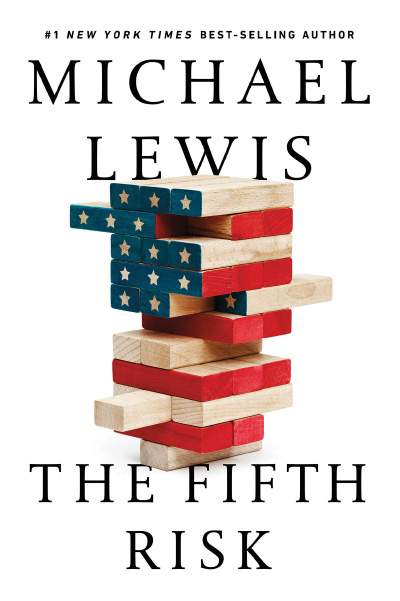Natural disasters are one of the few remaining major disruptions to modern economic life in economically free and prosperous nations. Although modern building technology and advanced warning mechanisms have certainly mitigated some of the destruction that occurs during such events, natural disasters across the United States still affect thousands of citizens each year. In addition to emotional trauma and even the loss of loved ones, these victims often face the disruption of their economic and personal lives, the loss of material possessions, and the disruption of the availability of regular consumer goods and services.
These factors, on their own, provide justification for carefully studying natural disasters to help determine what helps disaster-stricken communities recover more rapidly and comprehensively. Community Revival in the Wake of Disaster: Lessons in Local Entrepreneurship is an important book in this regard. The extensive fieldwork done by authors Virgil Henry Storr, Stefanie Haeffele-Balch, and Laura Grube following Hurricane Katrina and Hurricane Sandy enables them to weave a rich narrative of how entrepreneurship, including social and ideological entrepreneurship, operates in a postdisaster environment, providing many lessons for understanding—and improving—future disaster-recovery efforts.
Examining, understanding, and highlighting the role of entrepreneurs through this research on disaster-stricken communities is perhaps the major contribution of this book and has importance beyond research on disaster recovery. The true range of the task—plus the power—of entrepreneurship in local communities is often overlooked or underappreciated by both policy makers and mainstream economists. Yet anyone from the thousands of small, close-knit communities across the United States can readily point out entrepreneurial leaders in their communities who play essential economic, social, educational, political, religious, and ideological roles on an everyday basis. Their roles, however, become more prominent and recognized, especially by those outside the community, in the wake of a natural disaster. Thus, studying the role of entrepreneurship in postdisaster contexts enables the authors to more readily examine and understand what local entrepreneurs accomplish on a day-to-day basis, not only following a disaster but also during mundane times.
With evidence from their respective fieldwork in New Orleans after Hurricane Katrina and in New York and New Jersey after Hurricane Sandy, the authors provide a well-organized and well-corroborated account of a wide range of local entrepreneurship in disaster-stricken communities. They repeatedly find that local entrepreneurs often act as agents of social change (chapters 2 and 4), create the focal point for coordinating community rebound (chapter 3), secure and help distribute needed goods and services (chapter 5), and patch up and leverage social networks (chapter 6).
The authors draw some important disaster-recovery lessons from their work recognizing the role of local entrepreneurship in disaster recovery (chapter 8). They primarily provide a strong argument for allowing community-driven, bottom-up responses to natural disasters. Top-down micromanagement as well as complicated or uncertain regulation can hamper or even discourage local entrepreneurs from taking action. The authors suggest eliminating, suspending, or simplifying rules that prevent or discourage entrepreneurship in the wake of a disaster (p. 137). In addition, they argue that bureaucrats should be given the freedom and incentives to act entrepreneurially (p. 135).
Although the book covers a great deal of ground, it also leaves open many new avenues for future scholarship. For instance, how local entrepreneurs identify social opportunities or deliver goods and services outside the traditional market context of prices, profit, and loss still seems unclear. Charities’ reputations and need to attract donors certainly play a role in providing feedback, as the authors’ note (pp. 28–31), but there still seems to be plenty of unexplained nonprice coordination in natural disasters. Another question for future research is how to “ensure that bureaucrats have the freedom and incentive to act entrepreneurially to meet disaster victims’ needs” (p. 135) while also preventing the growth of corruption in disaster relief. In addition, one could imagine that in certain contexts enabling political actors to have more discretion would allow uncertainty to emerge between and within government agencies. The authors suggest that enabling bureaucratic discretion can be be the case or precisely how to implement it. Finally, we do not have a full understanding of why some policy makers attempt to direct every aspect of the recovery in a top-down fashion, whereas other policy makers give local entrepreneurs the space to act. Because this decision is one of the most important factors enabling or hindering recovery after a natural disaster, future research exploring how institutional environments and cultural factors influence this aspect of recovery would be another important avenue for future research.
Community Revival in the Wake of Disaster should be of interest to any scholar interested in Austrian economics, disaster recovery, or entrepreneurship. It makes important contributions to each of these fields in providing insights on the role of local entrepreneurship.
| Other Independent Review articles by Daniel J. Smith | ||
| Fall 2024 | The Federal Reserve: A New History | |
| Winter 2021/22 | Engine of Inequality: The Fed and the Future of Wealth in America | |
| Summer 2020 | Breaking Bad: Public Pensions and the Loss of That Old-Time Fiscal Religion | |
| [View All (5)] | ||

















